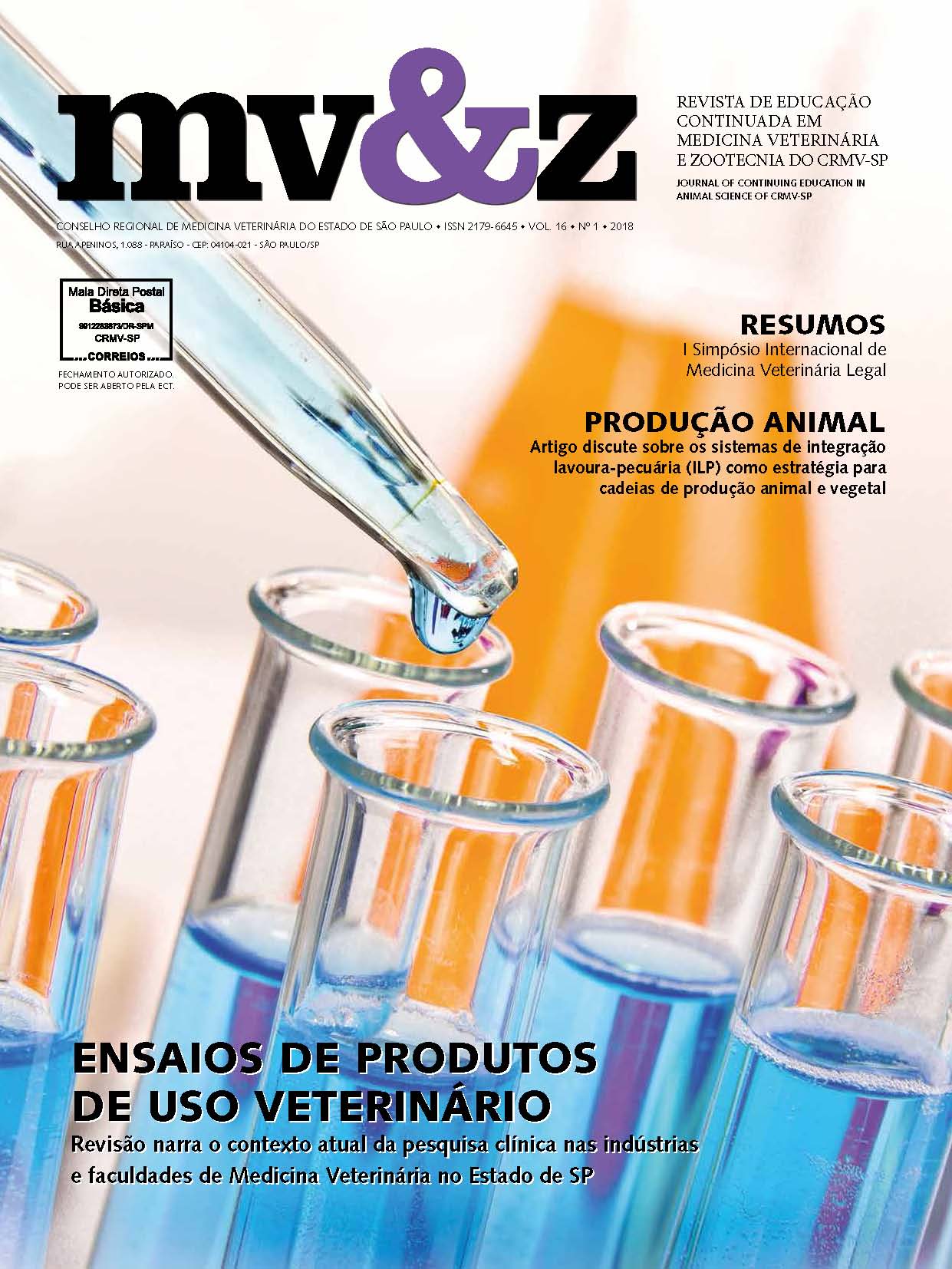Wild bird trafficking in Brazil and the veterinary physician’s activities
Conteúdo do artigo principal
Resumo
introducing about 10% of 1,400,000 animals catalogued
on the planet (BRASIL, 2002). This data makes Brazil as
a target country in the trade of wild animals. According
to Rede Nacional Contra o Tráfico de Animais Silvestres
([2012?]) surveys, it was concluded that: About 80% of the
smuggled animals are birds, moving around R$ 3 billion.
Therefore, the large amount of money involved in the purchase
of animals combined with the high level of poverty
in certain regions of Brazil, is the reason that can promotes
even more the illegal trade. In addition, the capture of wild
animals is linked to the use of members of the fauna as pets,
source of income and as food (FREITAS et al., 2015). An
important point for the conservation of wild birds is the
knowledge of the fauna that is kept illegally. It is necessary
the analysis of the species, number of specimens, animal
health conditions and the appropriate treatment to be performed
to return them to the homeostasis. To all of these assumptions the Veterinarian is essential profession. After
the rescue of these birds and their appropriated treatment,
their main destination is returning them to the nature
(RIBEIRO; SILVA, 2007). This paper performs an analysis
of birds traffic in Brazil and discuss the importance of the
veterinarians in the control of this practice.
Detalhes do artigo
Seção
1. Autores mantém os direitos autorais e concedem à revista o direito de primeira publicação, com o trabalho licenciado sob a Creative Commons Atribuição-NãoComercial-SemDerivações 4.0 Internacional
2. Autores têm autorização para assumir contratos adicionais separadamente, para distribuição não-exclusica da versão do trabalho publicada nesta revista (ex.: publicar em repositório institucional ou como capítulo de livro), com reconhecimento de autoria e publicação inicial nesta revista.
3. Autores têm permissão e são estimulados a publicar e distribuir seu trabalho online (ex.: em repositórios instituicionais ou na sua página pessoal) a qualquer ponto antes ou durante o processo editorial, já que isso pode gerar alterações produtivas, bem como aumentar o impacto e a citação do trabalho publicado (Veja O Efeito do Acesso Livre);
